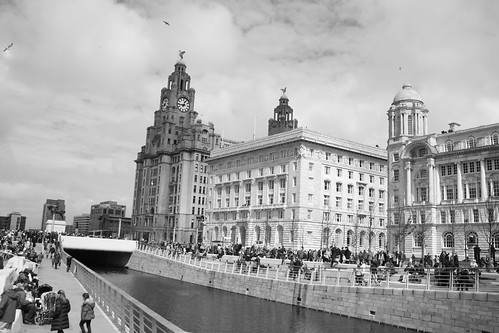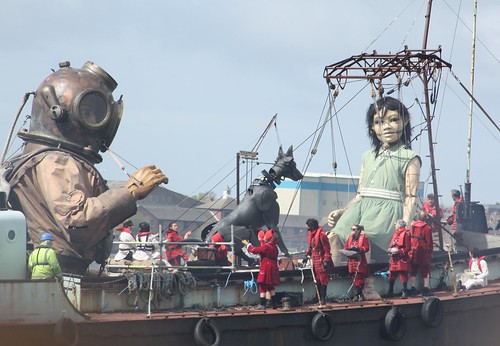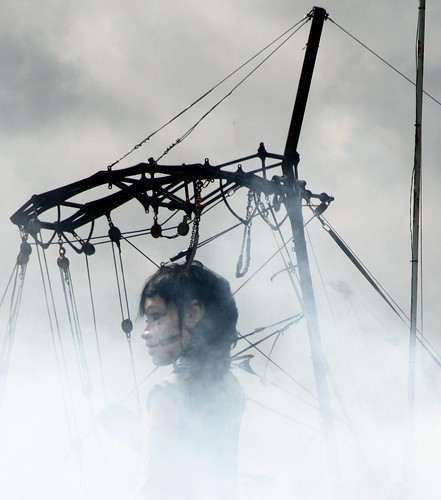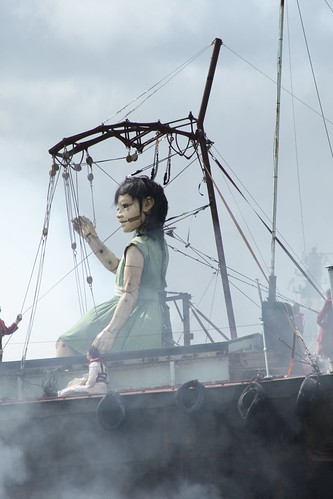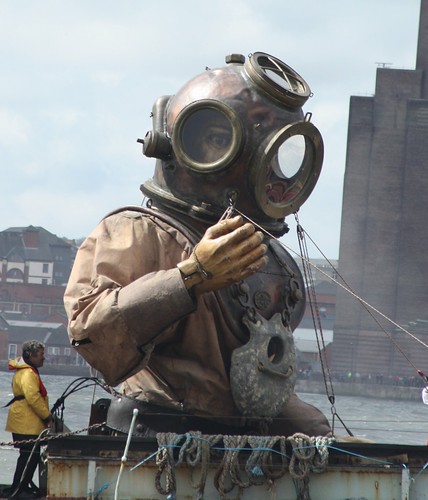
TurSwiss always wanted to
know about tourist attractions
will be visited during the tour
Switzerland. Fortunately in the
whole Western Europe, who packed
by tourists during the holidays,
Switzerland is a country tour
the most popular.
SightsMost popular in Geneva
Switzerland,Zurich, Lucerne, Zermatt,
Interlaken etc. Apart from these,
there are others also, though less
popular yet beautiful.
Switzerland Tourism is also active in
field trips and promote tourism in
the country. Here in below we provide you
valuable information for you,while your Switzerland vacation.
Major Tourist Attractions in Switzerland
Geneva, Lucerne, Zurich, Interlaken.
More Tourist Places in Switzerland
BASEL
This northern city (population
170,000) in the River Rhine,
located at the cusp of
Switzerland, France and
Germany.
Known as a center for
fabric-dye production in the
century mid, Basel now
a place for many
pharmaceutical companies
international level. It is also one
of the destinations most
frequently visited in Switzerland.
Travel while in the resort town
Switzerland Tour includes
Munster (9th-century sandstone
cathedral red), 11th-century cathedral
(Which holds the tombErasmus), University of
Switzerland (The oldest in the country),
Three-Corner of State and Market
Square (with the surrounding
era medieval house). Drei
Konige, or "Three Kings in
Rhine, "is the oldest hotel in
Europe.
There are a number of
museums: the Kunstmuseum (one
The best museums in the
country fine arts), Antikenmuseum
(Greek and Roman artifacts
old), and small Jewish Museum
Museum Paper (includes
history of printing). Jean
Museum Tinguely offers
sampling of the strange tools
a fun carver Swiss mechanics. The Beyeler
Fondation contains the works
Monet, Cezanne, Van Gogh and
Other famous artists.
If time allows, You can also enjoy
dinner on a cruise ship
Rhine river at night. If
Your date of Switzerland Tours
likely to coincide Carnival of the city, making
accommodation arrangements
in advance in Zurich or Bern from
where you can get
special morning train to Basel.
Bern
Ancient capital of Switzerland,
which also known as the 'Berne' by
French-speaking Swiss citizen.
The whole city was renovated
after destroyed by fire
in 1405. It has many
good example of early century
to-15 architecture - that the
United Nations declared as' Sites
World Heritage '. Old Town
identified by the walled
enlightened by a thick
house stone flower boxes
geranium on balcony
overlooking the River Aare.
11th-century streets of Bern
provide roofed wonderful opportunity for
tourists for sightseeing and
shopping. Mountains around
Bern gave background
beautiful - northwest
dominated by the Jura and
Alps and feet they provide background
beautiful back to the south. Beautiful downtown
with the architecture of the
century located in the middle
The river Aare between peak
tower of striking copper
Nydegg church (Nydeggkirche)
and 13th-century clock tower
(Zeitglockenturm). Vegetables
and flower market held
every day during the summer.
A celebrated onion market
also held here on the day
Fourth Monday in November.
Prison Make sure that you
visited the Rhone Glacier
located nearby when
You are Brig. Ypu can also
visiting tourist attractions
Saas Fee and Zermatt are close
Brig and Italy via
large tunnel through
The Alps.
Chur
One of the oldest cities in
Switzerland,
Chur has been inhabited since
at least 3000 BC. Chur is the
ibukotakanton Graubünden
(Or Grisons in the language
France). A relic
Stone Age were found in
here has been shown in
beautiful archaeological
museum in the old town.
The main tourist spots in
the city is the River Rhine and
The spectacular mountains
and valleys in the area.
World-famous ski resort St.
Moritz, Arosa and Davos also
the near future. A treat
is specialized in Davos
Romantik Hotel Stern, with
an impressive collection
old coach and train.
Fribourg
Fribourg is the region of
Switzerland where the French language and
Germany and cultures to join
together. Fribourg is
a beautiful little town
built on a hill. Red-
tile building in the old section
leads the way from River Saane to Gothic
Cathedral St.Nicholas. Also have
Beautiful Town Hall and Museum
Art and History.
Grindelwald
Cities in the Jungfrau region
offers horse season
winter sleigh ride and skiing
well.Be sure to visit
one of the nearby glaciers
(The higher, Obergletscher, is a
best). The ideal route is
by rail from Interlaken. The trip turned out
to spectacular - if you go
all the way up to the Jungfrau
Station, the highest railway in
Europe.
Heidi Region
Villa in the mountains, ski
lodges and horse-drawn sleigh rides
illustrating the Swiss
can be seen directly in
Bernese Oberland, and Area
Heidi near Chur in eastern
Switzerland.
Alphorn Blower, grassland
beautiful hills, waterfalls,
glaciers and detailed wood
carvings about houses and bridges
is something that will not
Missed.
Neuchatel
A small town that was
really shiny (yellow sand
gleaming buildings in
sunlight), Neuchâtel, located at the foot
Jura mountains in the lake
Switzerland's biggest around.
City This recognized academic
because of special schools
preparation and universities.
Museum of Art and History and
Swiss watch and clock hands
tempt was made in city
tourists to be
part of the old city.
Schwyz
This typical Swiss town near
Lucerne in central Switzerland.
Cantonese around Schwyz (pronounced
shfeetz) is one of
three founding members of the
Swiss Confederation and give
name to the whole country
(Switzerland called "Schweiz" in the language
Germany). Victorinox factory, in
Where the original Swiss Army
knife also made available for
for sale. Travel by train
fires up to the resort town of
Stoos that is worth watching.
St. Gallen
In St. Gallen (pop.73, 000),
visited the city of St. Gallen's
square, baroque cathedral and
Famous Abbey Library
world with a collection of
very well-century manuscript
the middle.
Thun
Thun is a well established
market town,
which discusses the Bernese
Bernese Mountain either.
Thun is one of the bases
Switzerland's largest training
military, and relics of early
the origins of the military town.
Thun Castl built in 1190 is
classical monuments. A road
of the century Rathausplatz
middle to the edge of the lake
provides views wonderful views.
Region Valais
This area is home to
multiple views of the Alps
most dramatic in the country,
including the town of Zermatt.
Matterhorn, Eiger and Mt. Blanc
all can be seen (on the day
clear) on the trip
via bus and car in
Pillon Pass along the cable.
Other sights in the canton
including painting
tells the story of William Tell
(It's painted on a house in
Ernen / Muhlebach) and Grand St
Bernard. Sion has enough
old cathedral and buildings
interest to justify
an overnight.
Winterthur
The city (population 85,000)
which quite renowned for artwork
her. Visit the Oskar-Reinhart
Foundation Museum, where
paintings by Swiss artists,
Germany and Austria on the
screen.
There is also a good penalty
art museums in town, too. The
Collegium Musicum (established
in 1629) a beautiful concert
stage.
Nearby is the Castle Kyburg
worth watching.












